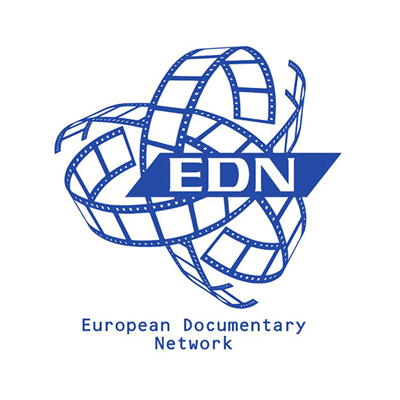- Festival
- Activities
- CFF edu
- CFF e-shop
- Sponsors
- Communication
- Press
- 13th CFF
Chania, the capital of the Prefecture of Chania, is located in the north-eastern part of the prefecture and is the administrative, financial, commercial and communication center of the prefecture that bears the same name. The Municipality of Chania - after the implementation of the administrative reform program "Kallikratis" - consists of seven municipal units (former municipalities): Akrotiri, El. Venizelou, Keramion, Nea Kydonia, Therissos, Souda and Chania. The Municipality of Chania borders to the west with Platanias, to the south with Sfakia and to the east with the area of Apokoronas while the entire north and west side is washed by the Cretan Sea. The total area of the new Municipality amounts to 356.12 square kilometers. The permanent population of the Municipality of Chania amounts, according to the data of the recent census (2011) of the Hellenic Statistical Authority, to 108,642 inhabitants, a number that represents 17.4% of the total population of the Region of Crete (623,065 inhabitants) and about 1% of the total population of the country (10,815,197 inhabitants).
The city of Chania is the seat of the municipality and is the second largest city in Crete, built on the site of the Minoan settlement "Kydonia". It occupies an area of about 11 square kilometers and has a permanent population of 53,910 inhabitants (2011 census data). It has two main entrance gates: the airport at Akrotiri, and the port of Souda (the largest natural port in the Mediterranean). The city of Chania is a crossroads of cultures and continents, with a long history, natural beauties, unique architecture and rich tradition. The trademark of the city of Chania is the Venetian Harbor – in the old town – with the Egyptian Lighthouse that stands proudly over the centuries attracting the attention of residents and visitors.
See more :
The regional unit of Chania covers the western end of Crete.
The largest part is mountainous with the main massif being the mountain range of the White Mountains. Between the large and smaller mountains are created many small fertile plains and valleys. The Samaria Gorge – the largest in Europe – characterizes the place. Sandy beaches and some of them with pebbles. All with crystal clear and blue waters and very interesting seabed. A wonderful natural environment.
Visiting the inland villages is an exciting experience, both for their landscape and for their special color. Most of them are untouched by tourism and retain their traditional characteristics, including the architecture and the old way of life of the inhabitants. Here, in these villages, the visitor will understand the special characteristics of the Cretan people, will enjoy the experience of hospitality. Of course you will taste the fruits of the local land cooked with the rules of Cretan cuisine. Simple, simple, inventive. With obligatory seasonal raw materials, necessarily local and in order to highlight their taste peculiarities, flavors are created that are engraved deep in the memory. The greatness of the Cretan Diet.
The place is quite rich. Traditionally, one of the main sources of wealth has been, and still is, agriculture and animal husbandry. In addition, the sights of the place, the enchanting nature, the development of tourist infrastructure and the traditional hospitality of the locals made tourism one of the main resources for the prefecture.
The history of the place goes back to the Neolithic era. Over the years it has been the center of many revolutions and acts of resistance with the most recent example in the Second World War that became one of the most important centers of resistance against nazi invaders.
Traditional Music and Dance are constituent elements of the place. The Cretan music and dancing tradition is considered the most vivid in Greece. From Rizitika that shocks with their simplicity and intensity to the Kissamite tunes that immediately fascinate the listener...
Finally, there are many features that can be a point of reference for the visitor. The Venetian port of Chania, the ancient olive tree of Vouves, monasteries and country churches, Balos, Lafonisi, the Samaria Gorge, the picturesque villages of Apokoronas, the surprised "corners" in Sfakia, the magical Sougia, the cosmopolitan Platanias... A place that offers only strong emotions. But the element that leaves its imprint on all visitors is the people of the place and their hospitality !!!
Administratively, the Regional Unit of Chania consists of the Municipalities of:
Chania www.chania.gr
Platanias www.platanias.gr
Kissamos www.kissamos.gr
Kantanou – Selino www.kantanouselinou.gr
Apokoronas www.apokoronas.gov.gr
Gavdos
gavdos-dimos.com
See more :
https://www.incrediblecrete.gr/
For any information you need about Chania, please refer to the site
"Crete the island inside you" - Falling in love Daydreaming
"Crete the island inside you" - Beach Daydreaming
"Crete the island inside you" - Easter Daydreaming
"Crete the island inside you" - Crete Daydreaming
Crete: Incredible Hospitality
Crete: Incredible History

 English
English  Ελληνικά
Ελληνικά 




